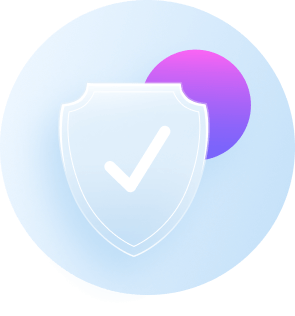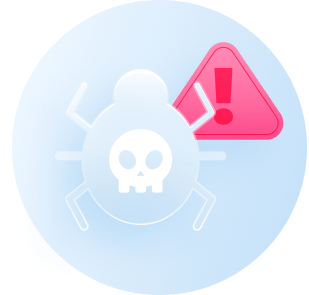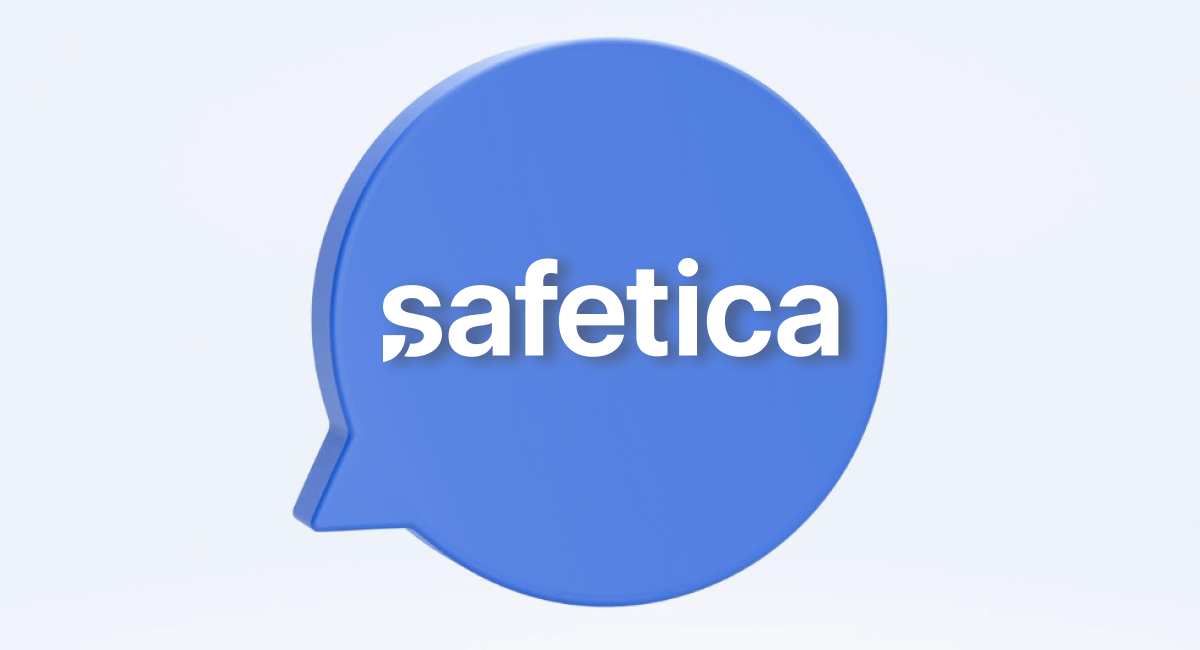Let’s talk about the intricacies of Slack's security and the wisdom behind its controversial encryption choices. Spoiler: supplemental security measures are necessary (this is where Safetica’s DLP software comes in blazing)! With a staggering 12 million daily active users, Slack has become the go-to cloud-based collaboration tool for companies of all sizes, boasting integrations with other business applications and even finding favor with 65 of the top Fortune 100 companies.
But with convenience and accessibility comes an expanding attack surface, which both cyber criminals and bad-egg employees are eager to exploit.

The End-to-End Encryption Debate
End-to-end encryption (E2E) is akin to the holy grail of data protection in instant messaging. However, Slack, despite being a major player, consciously chose not to implement E2E encryption (at least, not yet). Instead, they rely on HTTPS encryption, their proprietary Slack Enterprise Key Management (EKM), and DLP integrations, such as Safetica, for data protection.
Why no E2E?
Believe it or not, this isn't a mere oversight or lack of trying to protect data properly. Slack's decision to skip E2E encryption was a thoughtful one, driven by some compelling reasons:
- Corporate control: Slack primarily serves the business world, where communication control is often a paramount concern. By not implementing E2E encryption, Slack gives companies the power to monitor and archive conversations for legal, compliance, and internal policy reasons.
- Practicality: Implementing E2E encryption can be a logistical challenge. Imagine the scenario where you lose your encryption key; your messages would be locked away forever, an IT nightmare. With Slack’s EKM, organizations to retain control over their encryption keys for internal investigations, compliance, and auditing.
Balancing the scales
The absence of E2E encryption on Slack doesn't mean you're left swinging in the security breeze. Slack still offers a range of security features and compliance controls to compensate for the lack of E2E. But are they enough? Nope.
Businesses need to supplement in-app security measures with their own layer of digital armour if they want to keep their data safe. Luckily, Safetica’s DLP software supports instant messaging tools like Slack (but also MS Teams, Messenger, iMessage, Skype, and WhatsApp, among others) and can prevent data breaches in ways that Slack simply can’t.

Unveiling Vulnerabilities of Slack's Built-in Security
Despite Slack's commendable security measures, let's not kid ourselves; every platform has inherent limitations and potential vulnerabilities:

Data breaches: Unauthorized access to a Slack workspace or a compromised user account could potentially lead to data breaches. This means that sensitive information shared on the platform, including confidential messages and files, might be at risk if security isn't adequately maintained. A good DLP will prevent and report this type of sharing.

Phishing attacks: As with any communication platform, users on Slack can fall victim to phishing attempts where they get tricked into revealing sensitive information or click on malicious links. It’s a relatively easy way for cybercriminals to compromise a workspace's security and potentially lead to data leaks.
Insider threats: The threat of data breaches and security incidents will often come from within an organization. Even employees who leave the company on bad terms while still having access to the workspace can intentionally post malicious content or leak sensitive information. Educating employees and having well thought-out offboarding procedures is a must.

Malware: Malware is a persistent threat to Slack users. Cybercriminals could potentially redirect files shared on Slack to their own servers, manipulate the contents of these documents or inject malware.
Consider these real-world examples: A huge 2017 phishing attack on Electronic Arts through a fake Slackbot ended up with 780GB data, including sensitive game source code, being stolen. In a 2022 security breach, attackers were able to access Slack’s private GitHub code repositories used by some of its customers to store sensitive information. The breach occurred due to a security flaw in Slack's authentication system, which the attackers exploited through a brute force attack.
Layering Security for Slack with Safetica
No matter how safe Slack is or isn’t, there’s always more that can be done. In contrast to doing nothing, you’ll always end up better off if you’re extra careful.
Safetica monitors the data that flows into Slack, regardless of whether your organization uses a desktop or web version of Slack. The solution controls which sensitive data can be shared. Based on Safetica's reports, you can analyze the weak points of your data security and have an overview of what type of data your colleagues share via Slack.
Safetica brings to the table a comprehensive DLP software that’s not just a shield; it's an eagle-eyed data guardian that monitors, analyses, and safeguards sensitive data. Afterall, attackers are determined, and they won’t be scared off by just one level of protection.
Here’s a glimpse into Safetica's arsenal:
- Behavior monitoring and risk identification: Safetica employs sophisticated algorithms to monitor user behavior within Slack. It analyses interactions and file sharing, promptly flagging any deviations from established security norms in the easy-to-use dashboard.
- File sharing control: Safetica's DLP solution empowers administrators to take a proactive stance on data security. It can intelligently restrict or block file sharing based on predefined policies.
- Incident response: In the event of a security incident, Safetica facilitates rapid response and mitigation. It provides detailed insights into the breach, enabling your team to take swift action to protect your data.

How to find out if your colleagues use Slack?
Slack isn’t your organization’s communication channel, but you are unsure whether your colleagues use it. With Safetica’s Shadow IT feature, you can review the software used within your company and take appropriate actions.
Employees often turn to shadow IT for various reasons, primarily enhancing productivity and efficiency. Corporate IT systems may always be as flexible as those offered by alternative providers.
Learn more about Safetica and how it can boost your data security. Book a demo with our experts today to see the solution in action
Next articles

Strengthening Data Loss Prevention (DLP) in AWS
A comprehensive guide to Data Loss Prevention (DLP) in Amazon Web Services (AWS), outlining key features and strategies for protecting sensitive data. Explore how integrating Safetica can enhance AWS's native DLP capabilities.

